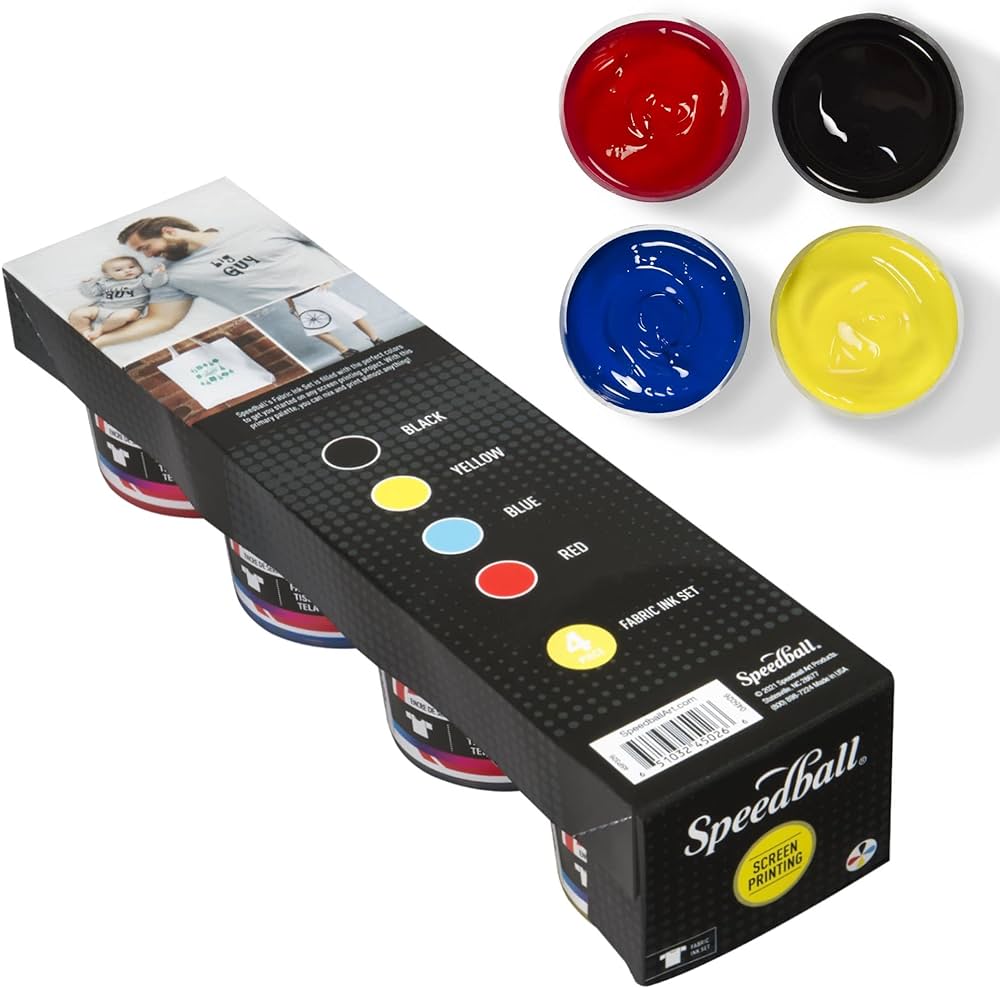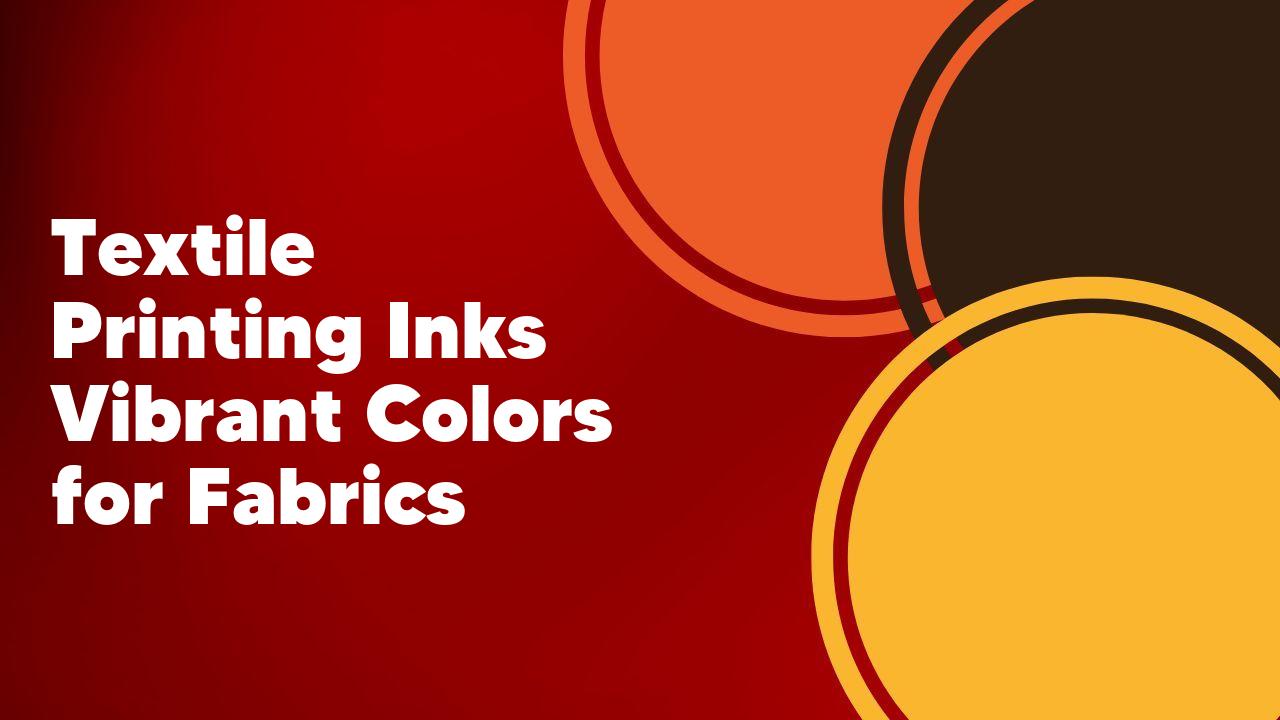Textile printing inks have revolutionized the world of fabric design, offering vibrant and eye-catching colors that were once unimaginable. These inks have opened up a whole new realm of possibilities for textile designers, allowing them to create intricate patterns and designs that truly stand out. In this article, we will explore the various types of textile printing inks available and how they have transformed the world of fabric printing.
The Importance of Vibrant Colors in Textile Printing Inks
Vibrant colors play a crucial role in textile printing inks. They are essential for creating eye-catching and visually appealing designs on fabrics. Vibrant colors can instantly grab the attention of consumers and make a lasting impression. They can also evoke emotions and convey messages effectively. In textile printing, vibrant colors can enhance the overall quality and appearance of the printed fabric, making it more attractive and desirable. Additionally, vibrant colors can help differentiate products in a competitive market, allowing brands to stand out and establish their unique identity. Therefore, the importance of vibrant colors in textile printing inks cannot be overstated, as they are key to creating successful and impactful textile designs.
Exploring the Different Types of Textile Printing Inks

Textile printing inks play a crucial role in the world of textile printing. They are responsible for creating vibrant and long-lasting designs on various fabrics. There are several different types of textile printing inks available, each with its own unique properties and applications.
One common type of textile printing ink is pigment ink. Pigment inks are known for their excellent color fastness and durability. They are ideal for printing on natural fibers such as cotton and linen. Another type of textile printing ink is dye ink. Dye inks are known for their vibrant colors and ability to penetrate deep into the fabric, resulting in a soft and smooth finish. They are commonly used for printing on synthetic fibers such as polyester and nylon.
Additionally, there are specialty inks such as metallic inks, which add a touch of shimmer and shine to designs, and discharge inks, which remove the color from the fabric to create unique effects. Overall, the choice of textile printing ink depends on the desired outcome and the type of fabric being printed on.
How to Achieve Vibrant Colors in Textile Printing
Achieving vibrant colors in textile printing is a goal for many designers and manufacturers. There are several factors to consider in order to achieve the desired results. Firstly, selecting the right type of fabric is crucial as different fabrics absorb and reflect colors differently. It is also important to choose high-quality dyes and pigments that are specifically formulated for textile printing. The printing process itself plays a significant role in color vibrancy, with techniques such as screen printing and digital printing offering different advantages. Additionally, proper color mixing and matching is essential to achieve the desired shades and tones. Finally, post-printing treatments such as steaming and washing can further enhance color vibrancy and durability. By paying attention to these factors, designers and manufacturers can achieve vibrant and eye-catching colors in textile printing.
The Role of Technology in Enhancing Color Vibrancy in Textile Printing Inks
Technology plays a crucial role in enhancing color vibrancy in textile printing inks. With advancements in digital printing technology, manufacturers are now able to achieve more vibrant and accurate colors on textiles. This is achieved through the use of high-resolution printers and specialized software that can precisely control the amount and placement of ink on the fabric. Additionally, the development of new ink formulations and pigments has also contributed to improved color vibrancy. These advancements in technology have not only allowed for more visually appealing textiles but also increased the durability and longevity of the colors, ensuring that they remain vibrant even after multiple washes.
Tips and Tricks for Choosing the Right Textile Printing Inks for Vibrant Colors
When it comes to choosing the right textile printing inks for vibrant colors, there are a few tips and tricks to keep in mind. First and foremost, it’s important to consider the type of fabric you will be printing on. Different fabrics require different types of inks to achieve the best results. Additionally, consider the desired color intensity and durability. Some inks may fade or wash out over time, so it’s important to choose ones that will maintain their vibrancy. Lastly, don’t forget to consider the printing method you will be using, as certain inks are better suited for specific techniques. By keeping these factors in mind, you can ensure that your textile prints will have vibrant and long-lasting colors.
The Future of Textile Printing Inks: Innovations in Color Vibrancy
Textile printing inks have come a long way in terms of color vibrancy and innovation. With advancements in technology, manufacturers are now able to produce inks that offer vibrant and long-lasting colors on textiles. These inks are not only visually appealing but also durable, ensuring that the colors stay vibrant even after multiple washes. Innovations in color vibrancy have also led to the development of inks that can be used on a wide range of fabrics, including natural fibers like cotton and synthetic materials like polyester. This opens up new possibilities for designers and manufacturers to create unique and eye-catching textile designs. The future of textile printing inks looks promising, with continued advancements in color vibrancy and durability.
Conclusion
In conclusion, textile printing inks offer a wide range of vibrant colors that can enhance the appearance of fabrics. These inks are specially formulated to adhere to different types of fabrics and provide long-lasting color. With the advancements in technology, textile printing inks continue to evolve, offering even more possibilities for creative and unique fabric designs.
What are textile printing inks?
Textile printing inks are specially formulated inks that are used for printing designs and patterns on fabrics. These inks are designed to adhere to the fabric and provide vibrant and long-lasting colors.
What are the benefits of using textile printing inks?
Using textile printing inks offers several benefits. Firstly, they allow for precise and detailed designs to be printed on fabrics. Secondly, these inks provide excellent color saturation, resulting in vibrant and eye-catching prints. Additionally, textile printing inks are durable and resistant to fading, ensuring that the prints remain vibrant even after multiple washes.
Can textile printing inks be used on all types of fabrics?
Textile printing inks can be used on a wide range of fabrics, including cotton, polyester, silk, and blends. However, it is important to note that different types of inks may be required for different fabric types. It is recommended to consult the ink manufacturer or supplier for guidance on the most suitable ink for a specific fabric.
Are textile printing inks safe for use on fabrics?
Yes, textile printing inks are generally safe for use on fabrics. However, it is important to ensure that the inks being used comply with relevant safety standards and regulations. It is also advisable to conduct a small test print on a fabric sample before proceeding with a larger project to ensure compatibility and desired results.
How are textile printing inks applied to fabrics?
Textile printing inks can be applied to fabrics using various methods, including screen printing, block printing, and digital printing. The chosen method depends on factors such as the complexity of the design, the desired level of detail, and the quantity of prints required. Each method has its own set of techniques and equipment, and it is recommended to follow the specific instructions provided by the ink manufacturer for best results.
How can I ensure the longevity of prints made with textile printing inks?
To ensure the longevity of prints made with textile printing inks, it is recommended to follow proper care instructions for the printed fabric. This may include washing the fabric in cold water, using mild detergents, and avoiding harsh chemicals or bleach. Additionally, it is advisable to avoid excessive exposure to
